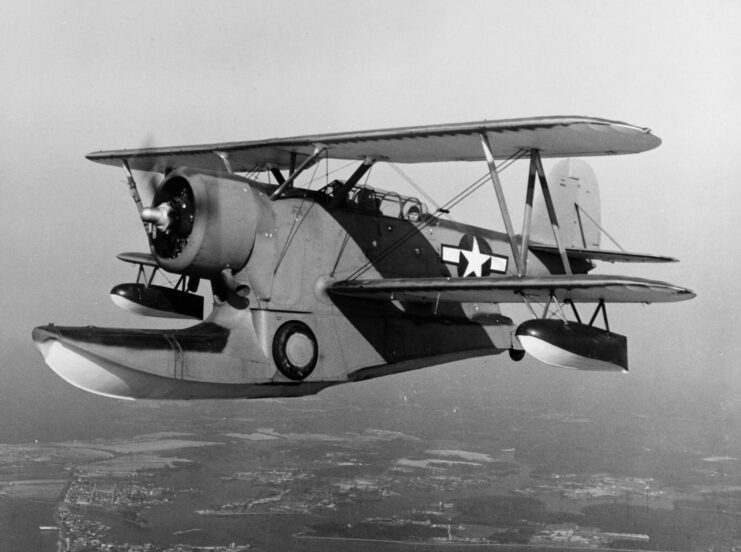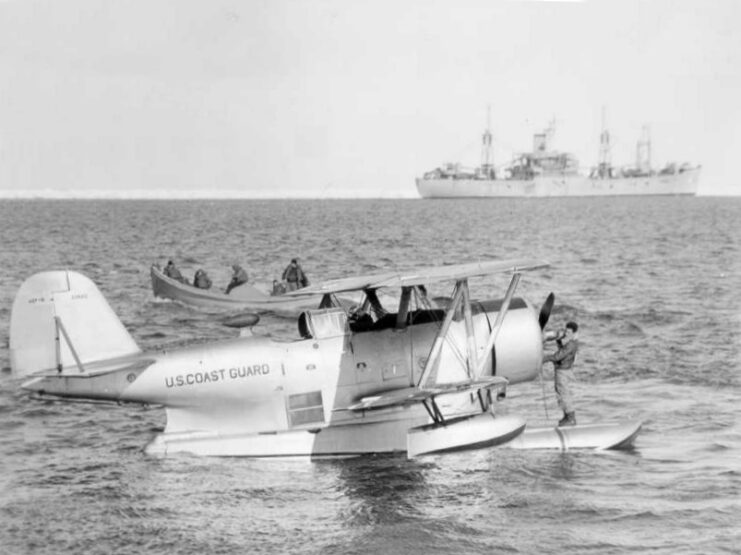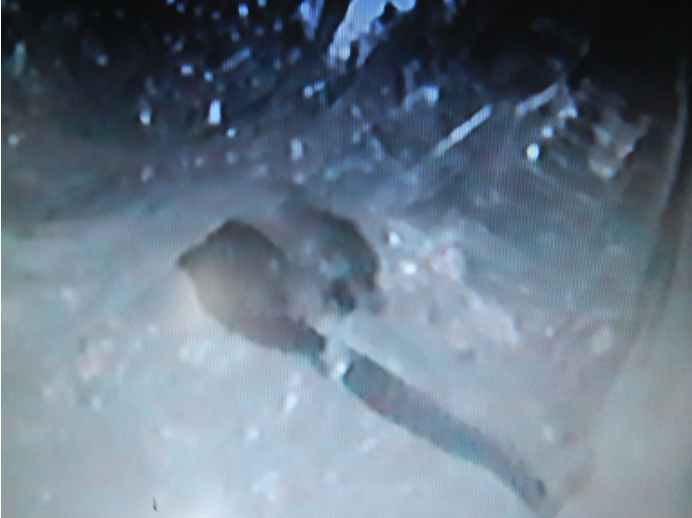The Grumman J2F Duck was a multi-role amphibious plane that served the U.S. military in World War II. With the ability to operate from both runways and open water, it proved invaluable for a wide range of assignments, including reconnaissance and life-saving rescue missions. In 1942, however, one of these aircraft vanished over Greenland while carrying two crew members and a passenger on a rescue flight. For many years, the loss was a mystery—until dogged research and investigation slowly brought pieces of the truth to light.
Grumman J2F Duck

The Grumman J2F Duck made its maiden flight on April 2, 1936, and went on to see extensive use during the Second World War, with roughly 584 built in eight different versions. This durable amphibian was flown by the U.S. Army Air Forces, Navy, Marine Corps, and Coast Guard, performing an array of roles that included reconnaissance, cartography, anti-submarine patrols, transport, observation, and rescue.
Its dual capability to operate on both runways and open water made it indispensable in emergencies. That adaptability was dramatically demonstrated on November 29, 1942, when a Coast Guard J2F responded to a call for help from a B-17 Flying Fortress that had gone down in Greenland. The bomber itself had been on a mission to aid a U.S. Army cargo plane already marooned in the frozen expanse.
A Grumman J2F Duck goes missing over Greenland

During its rescue mission, the B-17 Flying Fortress crash-landed, leaving many of its crew injured. The J2F Duck, stationed aboard the USCG Northland (WPG-49), set off on November 28, 1942, to assist the downed bomber. The aircraft was piloted by Coast Guardsmen Lt. John Pritchard and PO1 Benjamin Bottoms.
With the large B-17 crew and limited space on the rescue aircraft, Pritchard and Bottoms could only bring back two crew members to the Northland, leaving the others, including USAAF Cpl. Loren Howarth, behind. Despite severe weather warnings, they returned the next day to retrieve Howarth. However, while en route back to the Northland, they encountered whiteout conditions.
After requesting navigation assistance, the J2F’s crew was never heard from again. A few days later, the wreckage of the aircraft was discovered, reportedly in poor condition, with no signs of life. It remains unknown if the three men survived the crash.
With no word from the crew after a month, those aboard the Northland continued the mission to rescue the remaining B-17 crew. By the following March, the evacuation was completed. Lt. Pritchard and PO1 Bottoms were posthumously awarded the Distinguished Flying Cross for their heroic efforts in rescuing the bomber’s crew.
Several search missions have been conducted

While the J2F Duck could be seen on Greenland’s ice for many years, it took almost 70 for further rescue efforts to be made, long after it had sunk below the surface.
The first successful mission was made in 2013 via a joint effort by the US Coast Guard and North South Polar Inc., who wanted to bring the bodies of the deceased crewmen home before their last remaining relatives died. They identified black cables under the ice, which were consistent with those from a J2F.
A 2018 mission by Global Exploration and Recovery (GEaR) was somewhat more conclusive. The organization used radar to identify an anomaly in a glacier that was roughly the size of the missing J2F and in a similar area to where it’s believed to have gone missing.
More from us: Albert Hickman: The F3H Demon Pilot Who Refused to Eject and Saved the Lives of 700 Americans
The most recent recovery mission was conducted by The Fallen American Veterans Foundation, which focuses on bringing back the bodies of those who’ve fell in action to the US. Their goal was – and still is – the return of Pritchard, Bottoms and Howarth’s bodies to their families.
As of publishing, there’s been no word regarding if they’ve been successful in their efforts.
